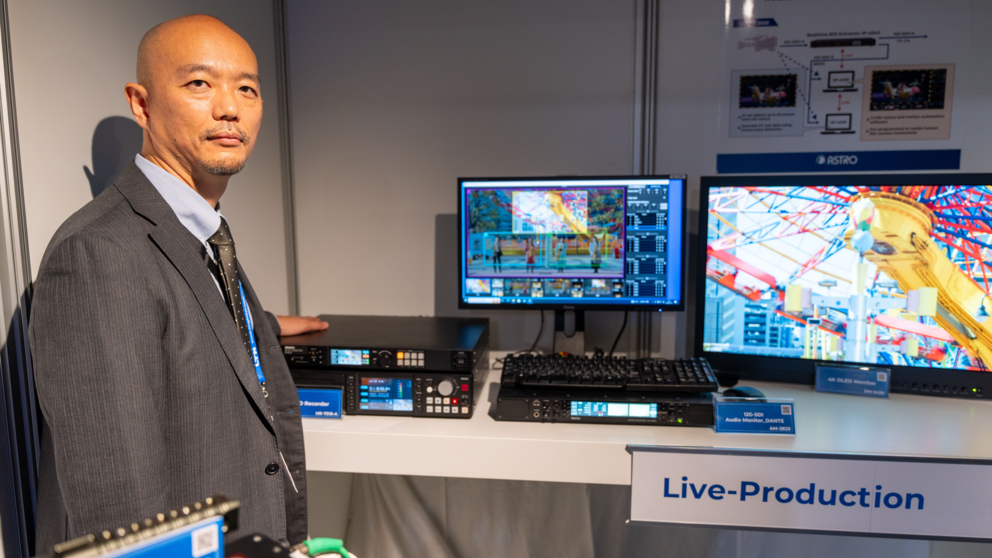2022 marked the 10th anniversary of the first significant public demonstration of 8K television when NHK and the BBC co-operated to present the London Olympic Games on 15-meter-wide screens in London, Glasgow, and Bradford, writes John Maxwell Hobbs.
Since that time, there has been widespread adoption of Ultra High Definition (UHD) television in the form of 4K, but widespread consumer adoption of 8K TV still remains an elusive target.
8K TV: 8K evolution
8K, also known as UHDTV-2, is 7680 pixels wide by 4320 pixels tall - sixteen times as many pixels as current 1080p HDTV. This is a similar level of detail to 70 mm IMAX film stock. However, UHD’s enhancements are not limited simply to pixel density. It also offers higher dynamic range and an expanded colour space in both its 4K and 8K flavours.
The first significant step on the road to 8K was in May of 2012 when NHK demonstrated the first UHD shoulder mounted camera. The Olympic games transmission followed shortly after and in August of that year, the ITU officially approved the UHDTV standard, incorporating both 4K and 8K resolutions.
The 10 years since then has seen significant consumer uptake of 4K – TV sets can be found for under £300 and there are a large number of 4K channels available. However, the story has not been the same for 8K. Sets that support the higher resolution made up only...
You are not signed in
Only registered users can read the rest of this article.

IBC Accelerators in review: From ideas to prototypes to blueprints for the future
IBC2025’s Accelerator cohort delivered some of the most ambitious demonstrations yet, featuring AI-driven production workflows, a radical rethinking of ultra-low latency streaming, and even live private 5G networks flying in an ultralight aircraft. IBC365 hears from a handful of projects to learn about life after the show.

Particle advice: How real is the Quantum apocalypse?
While Google forges ahead with unlocking the potential of its Willow quantum computing chip, cybersecurity experts warn that further breakthroughs in the field could catch a digital ecosystem built on crypto security off guard. Adrian Pennington reports.

Content Everywhere: A look back at 2025
As the year draws to a close, it seems an opportune time to ask Content Everywhere companies for their views on the top trends in 2025. As always, key industry players have been keen to respond with comments and views on how the past year shaped up both for them and the wider industry.
Broadcast AV design brings Blockchain show to life
Tasked with running two simultaneous live broadcasts from the Blockchain Life trade show in Dubai, Oasis Studio looked to create a flexible, redundant production workflow, offering a timely showcase of broadcast AV systems in action.

Poacher turned gamekeeper: Netflix rules, for now
Netflix raids Hollywood to land a giant of old media, but having offered billions over the odds for ageing IP, would a smarter play have involved the creator economy?

